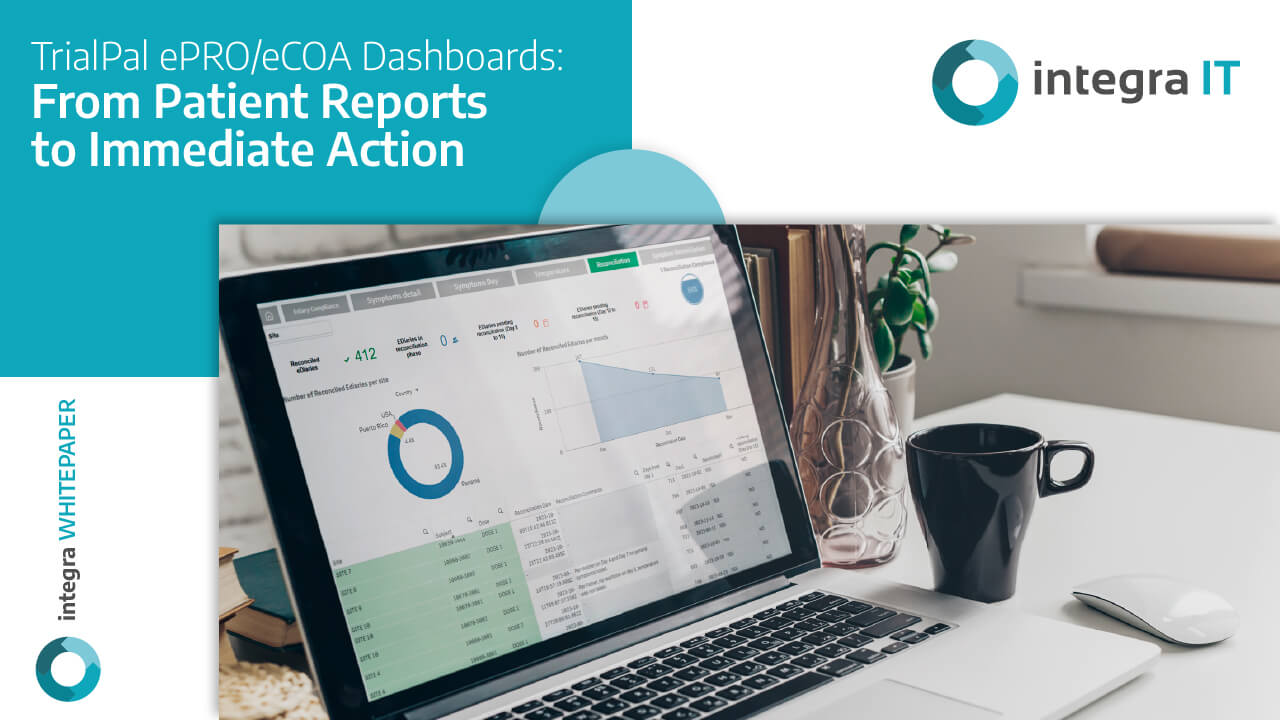An FDA 2020 report (1) has shown a 28% decrease in underrepresented populations in United States clinical trials compared to 2018. Moreover, the 2022 FDA guidance for the industry to improve underrepresented racial and ethnic participants’ enrollment is a call to action to get clinical data that really reflects the diversity of the population expected to use the medical product (2). This landscape might be slightly different in emerging countries; for example, Latin America is one of the most diverse regions in the world regarding ethnicity, which is a real opportunity for clinical research.
On the other hand, in Low and Middle-Income Countries (LMIC), clinical research issues are more related to inequity and access. Tools like eCOA and ePRO are disruptive in broadening the spectrum of protocol designs and increasing access among clinical trial participants. They are powerful instruments to turn down multiple access barriers like mobility, literacy, childcare, work leave and lack of resources or services like internet access. (See: TrialPal eCOA and ePRO)
Tech as a Great Ally for Equity in clinical trials

Regulatory mandates in the United States for the clinical research industry, encourage implementing mechanisms that address equity with an ethical and inclusive focus worldwide. In the following years, technology will be essential to get fair access to clinical trials and to ensure the underrepresented population’s inclusion.
Nowadays, technology selection criteria are more important than ever as they can foster equity strategies. For example, when clinical researchers choose an eSource tool, they can select one that enables people with limited English proficiency (LEP) or non-English speakers to report their symptoms and status in their own languages.
Another example is choosing an eCOA and ePRO vendor with mobile device/internet provision services for remote monitoring but also with capabilities to run on the patient’s device. In countries like the Dominican Republic, this flexibility is a way to adapt culturally patient-facing materials and support one-to-one training. (Watch: FIDEC Success Study case link)
Emerging countries must perform modern, decentralized, and hybrid clinical trials too, in order to increase their competitiveness and reduce inequity, marked mainly by social-economic status and dispersed population groups.
Other ways remote technology increases equity in clinical trials:
- Reduce the burden of travel to the site, and enable remote monitoring and surveillance.
- Increase patient engagement through multiple communication channels.
- Maximize the CROs and sponsor capabilities in low and middle-income countries.
- Ease the access of diverse populations to clinical trials, for example, people with limited mobility, language pathologies, and deaf population.
- Facilitate community and referral strategies.
- It helps to increase technology literacy among low-income populations.
- Update and help adopt technology on sites located in rural areas (3).
- Educate persons regarding their healthcare options.
- Reduce reporting/notification barriers.
- Reduce the burden on the healthcare system.
Integra IT Approach
Integra IT, with its person-to-person model, recognizes there is no one-size-fits-all in terms of technology solutions, that success is highly dependent on people serving others at the right moment and in their native language and has developed flexible software tools and services with special features for better adaptation to limited resource settings and diverse populations including the sites for better patient follow up strategies. (See: Three Ways Tech can Enhance Vaccine Clinical Trials Operations)
TrialPal is developed to lower data capturing time and get clean data directly from the patient without any barrier. With our eCOA/ePRO tool, Sponsors, CROs and sites can benefit from real-time insights across the trial workflow.
TrialPal can be combined with our eCRF & Data Management Services for robust and data-driven performance. Talk to one of our medical experts and prepare your next clinical trial strategy with a patient-centered approach:
References:
- Van R. Johnson, 2023. Raising Minority Enrollment With Creativity And Collaboration. Benchmark Research. Clinical Leader. Link: https://tinyurl.com/scfhbhub
- FDA
- Catalyst Oncology, 2021. Diversity, Equity And Inclusion In Oncology Clinical Trials. Clinical Leader. Link: https://vertassets.blob.core.windows.net/download/dd6baa76/dd6baa76-9974-43e7-a87d-dd392730493a/dei_resource_sheet_d02.pdf




